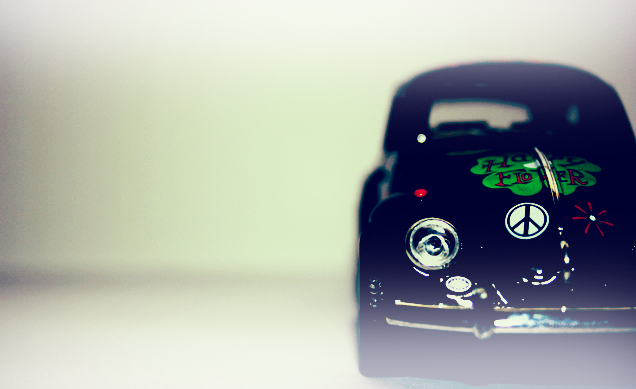Lego sculpture by Nathan Sawaya
Planned Obsolescence and perceived obsolescence…? Either of these terms ring a bell? When was the last time you bought a product knowing full well it was built to last, so sure of your purchase that you chose it with the belief you’d be able to hand it over to your children in the same condition?
In short, Planned Obsolescence is to produce a consumer product that will become obsolete in a defined time frame; Perceived Obsolescence is the mind believing a product is obsolete thanks to marketing and advertising. It is a concept that is believed to be born from the Industrial Revolution when mass production, in its infancy, resulted in supply outweighing demand.
The idea was later brought to light (pardon the pun) when in the 1930’s an enterprising engineer working for General Electric proposed increasing sales of flashlight lamps by increasing their efficiency and shortening their life-span. The automotive industry quickly adopted the concept, bar some, and from there ‘Planned Obsolescence’ was in full swing, a business model for big industries that would only gather more momentum as the years went by and media became stronger and more prevalent.
We could discuss and debate the ingrained effect of this arguably polluted paradigm all day, talk about how it has been a primary driving force behind mass consumption and one of the foundation stones behind capitalistic ideals but it would risk this blog post becoming an academic thesis. What is certain though is the lack of action against it, remarkably this practice is accepted globally and passed off with a “oh well if you cant beat them join them” attitude.
In a world that supposedly cares about leaving a planet in good condition for generations to come, little is being done to change people’s perceptions of planed obsolescence. Yes there are numerous obstacles in the road, namely the government, mass media & financial stability however as designers these pose interesting problems to solve. Take Saul Griffith for example, an inventor/designer who proudly practices and is an advocate of “Heirloom Design”. Basically heirloom design is the complete opposite of Planned Obsolescence, think Lego, the Volkswagen Beetle or even Zippo cigarette lighters. Saul believes we must design products that are built to not only last but also are still wanted and needed a generation over. There is no need to sacrifice the aesthetic for functionality, it is possible to have both, and this is evident in a number of products.
Good craftsmanship is hard to find, slowly becoming extinct, however it’s not all over! Educational institutions now teach the importance and art of sustainable design and there are campaigners in all corners of the earth but ultimately it’s up to you…You must decide your moral obligations and ethical stance against this some what deceiving and standard business practise. Next time you’re about to purchase a product for whatever reason ask yourself two questions, do you really need it and if so how long will it last…?
Photo – DeviantART. ‘VW Beetle, Designed to last’
If you’re still interested in the subject than we highly recommend the following. For those who want a simple and informative rundown on the topic as well as interesting solutions to the negative effect of planned obsolescence we suggest you look at http://www.storyofstuff.org/ ; with over 15 million views and counting, The Story of Stuff is one of the most watched environmental-themed online movies of all time.
For a more in-depth look at Planned Obsolescence we suggest you watch the ‘ The Light Bulb Conspiracy ‘. The 2010 award winning documentary combines investigative research and rare archive footage to trace the untold story of Planned Obsolescence…definitely worth the watch.

